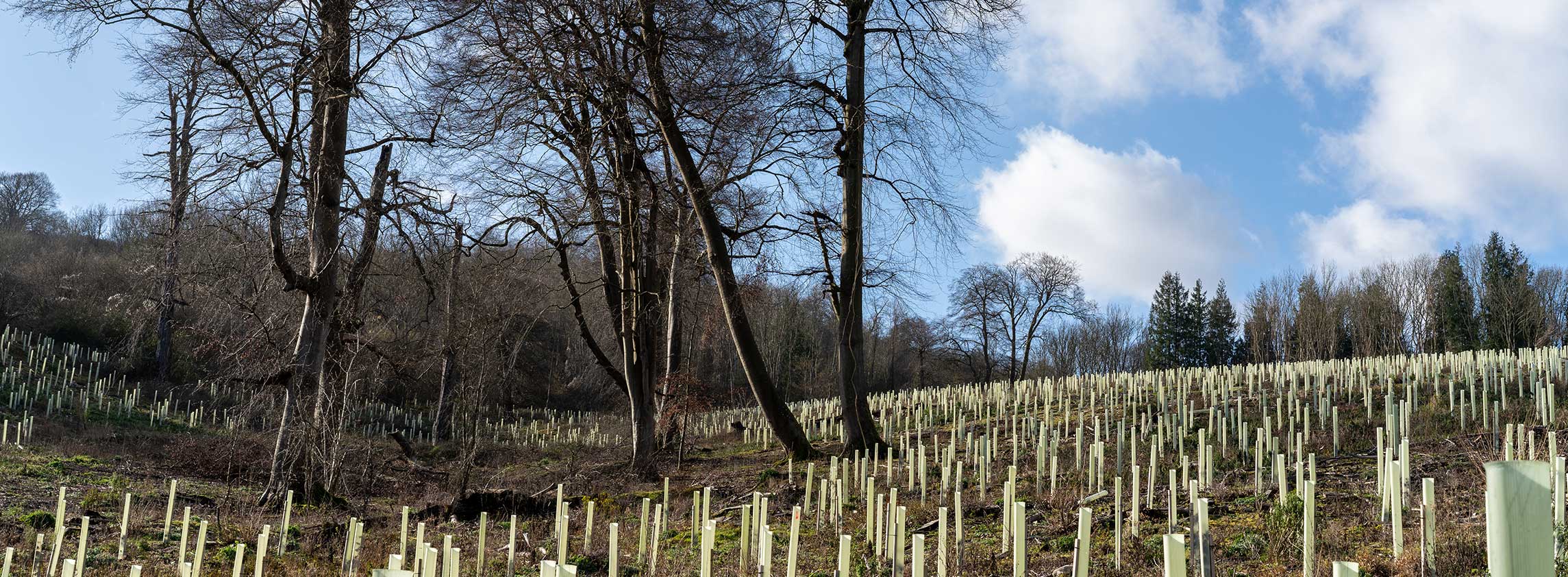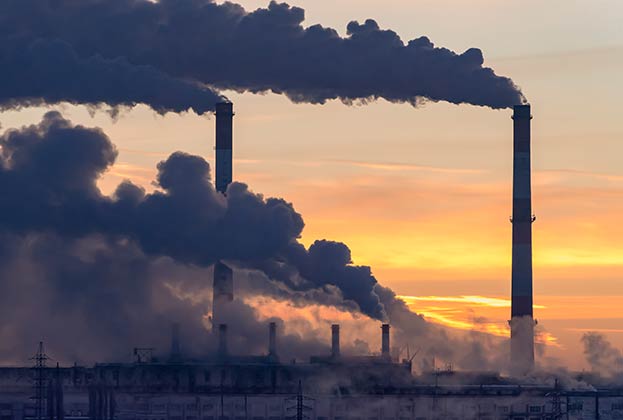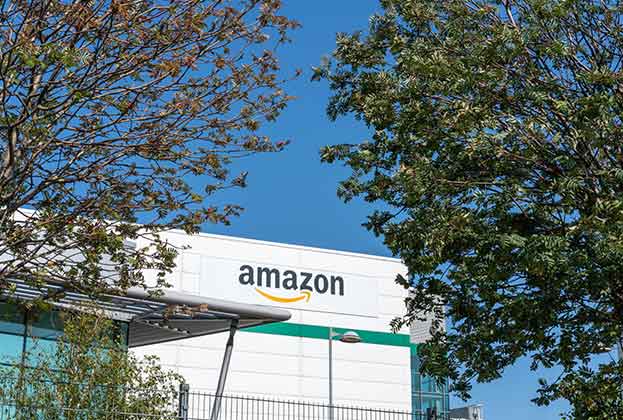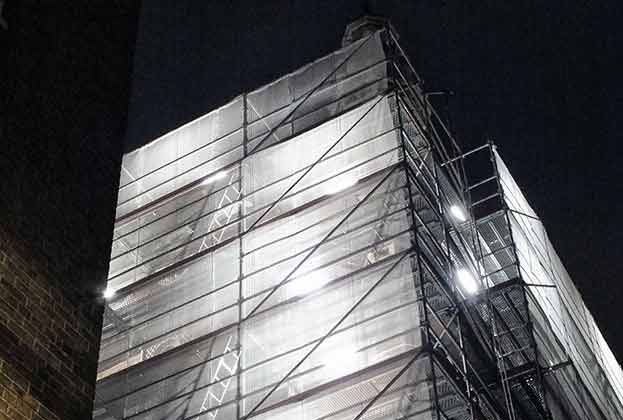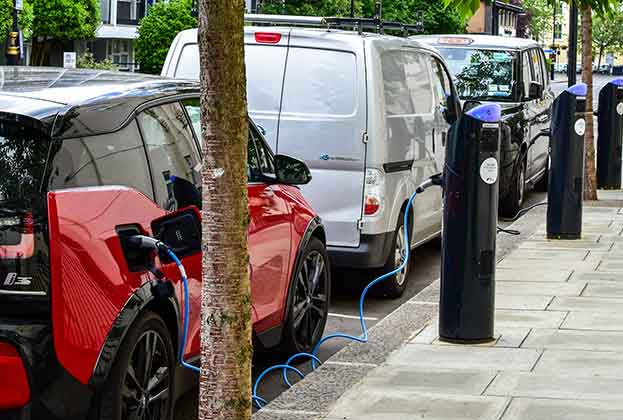An introduction to the carbon credit market and nature-based carbon offsets
Carbon offsetting is the last part of the solution to the enormous challenge of reaching net zero emissions by 2050. Carbon offsets are used to compensate for the residual emissions of a system once direct emissions reduction has been completed. While emissions reductions should be the priority, offsetting plays an important role in enabling the transition to net zero. Read more on this topic here: Spotlight: Rural Land and Carbon
There are two types of carbon offset market: the compliance market and the voluntary market. The compliance market is regulated and applies to companies that by law have to reduce their greenhouse gas emissions. The UK has its own 'cap and trade' Emissions Trading Scheme, which applies to energy-intensive industrial plants, power stations and aviation operators.
Growth in the voluntary carbon market
Voluntary carbon offsetting is a rapidly developing market. Voluntary carbon credits are purchased by businesses, organisations and sometimes individuals. Motivations for purchase include internal net zero targets, climate-related financial disclosure requirements and a growing awareness of environmental liability. Policy shifts and increasing regulation are driving companies to take their carbon accounts seriously, which has led to the creation of an offset-hungry marketplace. In 2019, globally, there was a near-record volume equivalent to 104 million tonnes of CO2e removed or prevented from entering the atmosphere through voluntary offsets. This is equivalent to the annual emissions from 27 coal-fired power plants. You can read more on this topic here: Market in Minutes: Carbon markets
Types of carbon offset
There are different mechanisms by which carbon offsets can be generated – there are projects that avoid or reduce carbon emissions and projects that remove carbon from the atmosphere. There is growing demand for nature-based carbon offsets generated in the UK. This is because there is an increasing awareness of the damage of offshoring carbon liabilities and the UK offers high-value, accredited and verified carbon offsets. UK offsets provide companies with the assurance they demand to prove to shareholders and consumers that they are making an impactful difference, not falling into the reputational trap of 'greenwashing'.
Planting trees to save the planet
In the public imagination, tree planting has become the saviour of our rapidly warming planet. Planting new trees sequesters carbon through photosynthesis. However, creating carbon credits through afforestation is not as simple as people might imagine. The rate of carbon sequestration depends on the type of tree, its age, location, soil type, stocking density and management. Trees take around five to 10 years to start substantially sequestering carbon, peaking at approximately 30 years, depending on tree species.
Woodland creation projects require rigorous assurance standards to verify that the trees are successfully absorbing carbon
Molly Biddell, Policy Analyst, Rural Research
Woodland creation projects require rigorous assurance standards to verify that the trees are successfully absorbing carbon. This enables land managers to sell legitimate carbon offsets. Within the UK, the government-recognised standard for woodland carbon units (or credits) is called the Woodland Carbon Code (WCC). In order for new woodland to become WCC accredited, the project needs to be able to prove additionality – in other words, that the carbon sequestration occurred over and above what would have happened anyway. Within the context of the WCC this often comes down to proving that the project would not have been economically viable without carbon income. This is to ensure that the project is sequestering 'additional' carbon through its ability to sell carbon credits. Trees that are already established, or trees that by regulation have to be planted (for example, through the replanting conditions of a felling licence) do not pass the additionality test. Therefore, despite sequestering carbon, they cannot generate sellable carbon credits. Across the UK, there are 595 projects signed up under the WCC, with a projected carbon sequestration of 9.6 million tonnes of CO2 over 100 years. Read more on this topic here: Quantifying carbon
However, there are barriers to planting trees. The UK’s nursery stock of tree saplings is limited and woodland creation requires prior planning approval, which can be time-intensive in England in particular. Once approved, the land needs to be kept as woodland in perpetuity, which can deter land managers. Finally, there is a limited area within the UK that is suitable for tree planting – it is important not to compromise other biodiverse habitats and protected ecosystems in order to reach tree planting targets.
Restoration of degraded peatland and good soil management also sequester carbon. In the UK, peatland restoration can be accredited and sold as an offset under the Peatland Code. However, there is not yet a standardised code for verifying and, therefore, selling soil carbon.
Scaling up voluntary carbon markets
The Taskforce on Scaling Voluntary Carbon Markets calculated that in order to reach the goals of the Paris Agreement, voluntary carbon markets across the globe need to grow 15-fold by 2030. Clearly, there is potential for the UK to rapidly upscale its provision of nature-based offsets to meet the increasing demand. Prices of voluntary offsets currently sit between £10–£25/ tonne of CO2. However, with mounting demand, regulation and the target of 2050, carbon prices are likely to increase.
Carbon offsetting is not new. However, society and business are waking up to the fact that if left unaddressed, carbon emissions pose an operational threat to business and this has placed carbon offsetting centre stage.
Biodiversity net gain
Mandatory biodiversity net gain, a concept within the Environment Bill, requires that all future development provides a 10% uplift in biodiversity as compared to the level of biodiversity prior to development. This mechanism generates demand for another type of nature-based offsetting market – for habitat creation and restoration. This market is not related to carbon offsets, instead, developers purchase biodiversity units (as calculated from the Defra metric) from land managers. However, there is a logic in linking biodiversity offsets to carbon offsets, as increases in biodiversity are likely to result in additional carbon sequestration. Whether future policy will enable this is yet to be seen. Read more on this topic here: Webinar: Biodiversity net gain – Getting ready for action
Read the other articles within Spotlight: Property and Carbon – April 2021 below
